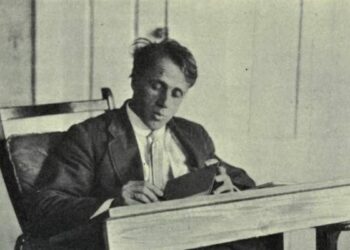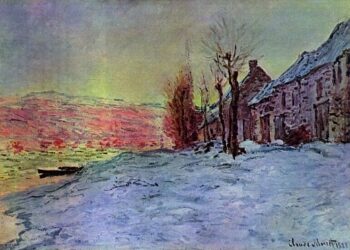Pantoun for Chinese Women Poem
and leaving to die female infants have been
very serious.”
–The People’s Daily, Peking, March 3rd, 1983They say a child with two mouths is no good.
In the slippery wet, a hollow space,
Smooth, gumming, echoing wide for food.
No wonder my man is not here at his place.In the slippery wet, a hollow space,
A slit narrowly sheathed within its hood.
No wonder my man is not here at his place:
He is digging for the dragon jar of soot.
That slit narrowly sheathed within its hood!
His mother, squatting, coughs by the fire’s blaze
While he digs for the dragon jar of soot.
We had saved ashes for a hundred days.
His mother, squatting, coughs by the fire’s blaze.
The child kicks against me mewing like a flute.
We had saved ashes for a hundred days,
Knowing, if the time came, that we would.
The child kicks against me crying like a flute
Through its two weak mouths. His mother prays
Knowing when the time comes that we would,
For broken clay is never set in glaze.
Through her two weak mouths his mother prays.
She will not pluck the rooster nor serve its blood,
For broken clay is never set in glaze:
Women are made of river sand and wood.
She will not pluck the rooster nor serve its blood.
My husband frowns, pretending in his haste
Women are made of river sand and wood.
Milk soaks the bedding. I cannot bear the waste.
My husband frowns, pretending in his haste.
Oh, clean the girl, dress her in ashy soot!
Milk soaks our bedding, I cannot bear the waste.
They say a child with two mouths is no good.
Conclusion
“Pantoun for Chinese Women” by Shirley Geok-lin Lim is a rich and nuanced exploration of identity, womanhood, and cultural expectations. Through the lens of a pantun, a traditional Malay poetic form, Lim weaves together themes of wisdom, physical changes, marital dynamics, and societal pressures. The speaker’s introspective journey unfolds, revealing a complex interplay between personal experiences and the ideals portrayed in literature. The poem poignantly captures the tension between individual aspirations and societal norms, highlighting the universal struggles faced by women in navigating their roles and self-perceptions.
FAQ:
1. Who is Shirley Geok-lin Lim?
Shirley Geok-lin Lim is a Malaysian-American poet, literary critic, and scholar. She is known for her works that explore themes of identity, feminism, and cultural dynamics. Lim has received acclaim for her contributions to both poetry and academia.
2. What is a pantun?
A pantun is a traditional form of Malay poetry that consists of quatrains, or four-line stanzas. The first and second lines of each stanza set up a metaphor, and the third and fourth lines respond with a counter-metaphor. The form often employs repetition and rhyme, creating a rhythmic and cyclical structure.
3. What are the central themes of “Pantoun for Chinese Women”?
The poem explores themes such as identity, cultural expectations, womanhood, wisdom, physical changes, and societal pressures. It delves into the speaker’s introspective journey and the tension between personal experiences and the idealized portrayals found in literature.
4. How does the poem address the concept of beauty?
The poem subtly addresses societal notions of beauty and the speaker’s evolving perception of her own physical attributes. It touches upon the influence of cultural expectations and the speaker’s desire to conform to idealized images found in literature.

















